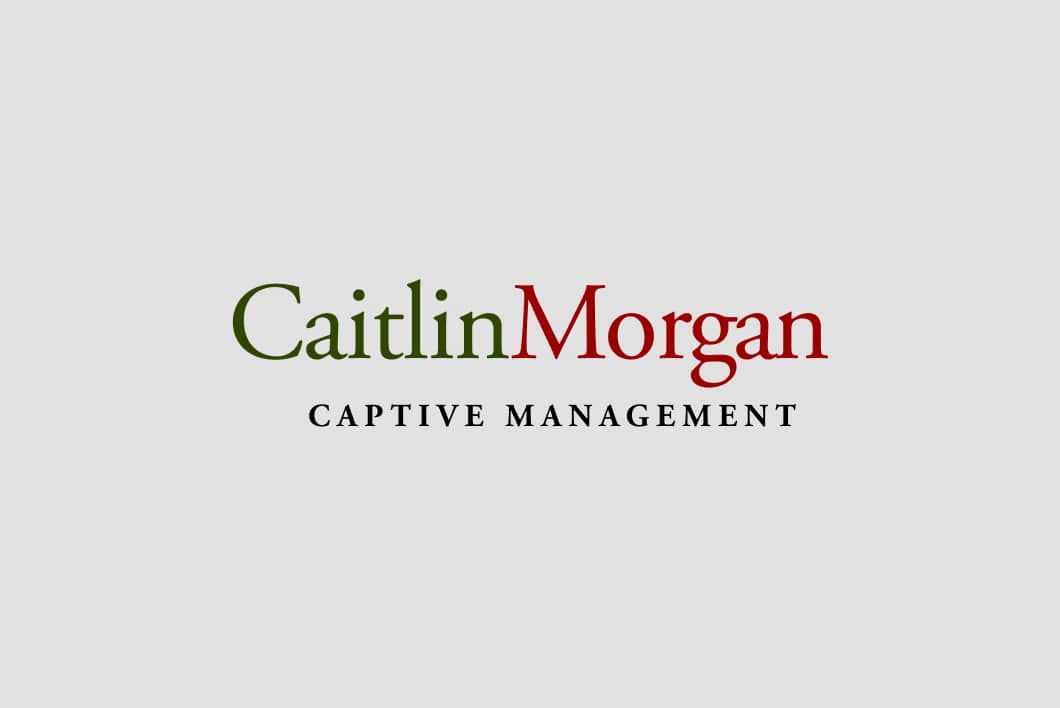Address
304 North Cardinal St.
Dorchester Center, MA 02124
Work Hours
Monday to Friday: 7AM - 7PM
Weekend: 10AM - 5PM

Business owners know that insurance is a critical part of the operational landscape. Commercial property and casualty insurance provides valuable coverage for businesses of any size and type; specialized policies can also protect against unusual or unique risks. Unfortunately, traditional insurers may be reluctant to offer coverage for certain high-risk businesses, or the costs of traditional insurance may be prohibitive. Captive insurance programs, then, represent a viable alternative for business owners, offering them the insurance protection they need while helping to manage both risks and expenses. Here is a more detailed look at how captive programs may make financial and protection sense for business owners.
In the very simplest of terms, captive insurance is an alternative risk solution for businesses where the business owns its own insurance company. At its core, captives are a means of transferring risks, especially for companies that the traditional insurance market cannot or will not serve. Captive programs have been used by large multinational corporations for decades, and smaller companies are now taking advantage of the benefits of such alternative insurance solutions. In fact, the captives market is growing dramatically in the United States, and represents about 35% of the total U.S. commercial insurance sector.
Regardless of the company’s operating environment, captive programs are established to address the specific and unique risks faced by that company. Currently, 37 U.S. states allow companies to create their own captives, which exist as legally registered insurance entities. There are many different types of captive programs for individual business owners or groups of similar businesses, including:
No matter the type or structure of a captive program, this alternative risk management solution provides business owners with several significant benefits. As each captive is based on the risk profile(s) of the individual business or group of businesses participating, this solution offers unrivaled flexibility and customization. Other benefits for business owners include:
Best of all, in certain captive program arrangements, risks are spread among participating members/owners. This is extremely beneficial in high-risk business sectors, as no one participating company will face catastrophic claims exposure. This advantage alone has made the captive model – particularly the group or association captive — appealing to business owners across industry sectors.
Captive insurance programs offer a number of benefits and advantages to business owners, particularly those in high-risk industries or which traditional insurers are reluctant to provide coverage for. Captive programs can also be more cost-effective than traditional commercial insurance solutions, and provide greater flexibility and management of claims.
Despite these benefits, captive programs are not the ideal solution for all businesses. Establishing a captive can be expensive, not to mention complex. Regulatory scrutiny is also a possibility; captives with very low claims histories or vague/poorly-defined risks may be subject to audits. The Internal Revenue Service is tasked with ensuring that captive programs are actually providing insurance protection; companies that establish such programs simply to shield assets and to retain profits are at risk of prohibitively expensive penalties.
Many companies may discover that even after establishing a viable captive program, the complexities of managing assets and claims can become too burdensome. For those companies, third-party service providers may be available. Companies must weigh the advantages of captive programs to any potential drawbacks before deciding if such insurance solutions are right for their needs. Again, captives are not for every risk, but represent a viable alternative to the traditional insurance market for many business owners across the country.
Caitlin Morgan Captive Services provides clients with captive insurance solutions supported by years of experience in establishing the successful formation and implementation of a wide range of captives. To learn more about how we can help you, please contact us at (855) 975-4949.